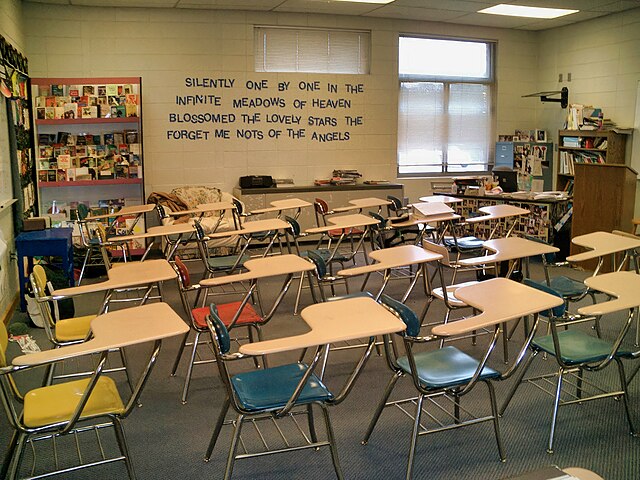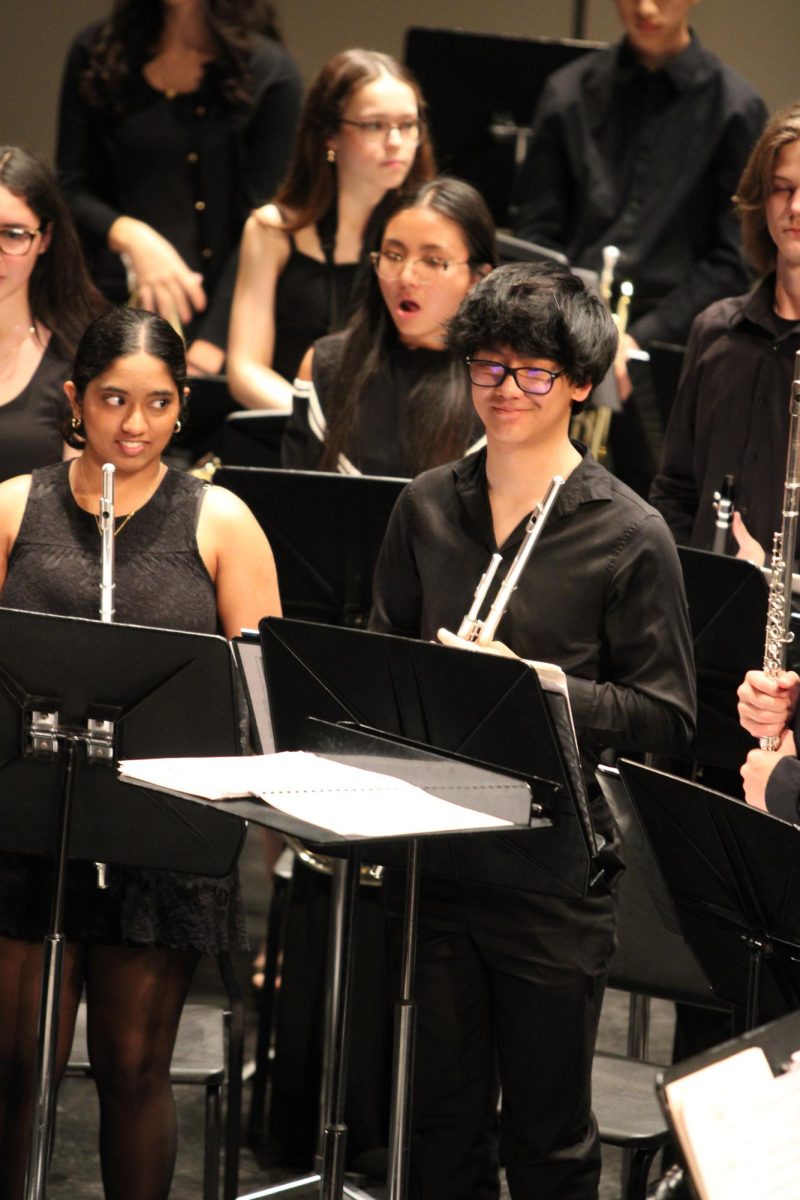What is block scheduling? Block scheduling, or four/four scheduling, is a system that calls for typically three or four 80 to 100 minute class periods per day. It still calls for 90 day semesters but has the potential to yield a lot more benefits for future high school students if utilized correctly.
The notion of block scheduling has been thrown around and debated between pedagogists ever since the mid to late ‘90s. Although only an estimated 30% of U.S. high schools utilize a block schedule, they have only become more popular. It increased especially within the past few years due to the events of COVID, causing many schools across the nation to temporarily turn to the underutilized system with Hinsdale Central being one of those schools.
If you may recall, Hinsdale Central, during the midst of COVID, decided to shelf their traditional schedule and implement a block schedule. This only lasted for one semester but was influential to many students for years to come, including me.
If you attended Hinsdale Central and were in the class of 2020-2024, you got to experience block scheduling and how it affected the educational aspect of your life. Some students enjoyed the flexibility, freedom and reassurance that it gave them, while others disliked how it tested their patience and caused a greater potential risk for their education.
While we never got to truly see whether this schedule would have fit in our school community, I feel like Central should have tried to stick with it and see what happens.
Although four/four schedules are definitely a newer concept, they are not an unknown or not researched one. More and more schools are implementing this schedule and others like this due to the ever changing politics of schooling across the US. With growing competitiveness in academics, seemingly harder requirements for graduation and ever growing societal conflicts that intensify a school environment, students are getting tired of the old ways of learning and desperately want to refresh the system.
“[I] would prefer the block schedule style over the traditional one used as the one used right now typically causes me more stress than needed,” said Nora Eldewek, junior.
Now is the time to change while we’re still ahead of the curve.
Across the last couple of decades, schools across the country have been changing curriculum, testing and other such content. However, a change that stands out to me is the steady increase in needed credits to obtain your high school diploma. These needed credits range from 11 all the way to 24. Illinois falls close in the middle of this range with 16.75 credits needed in order to graduate.
While this requirement isn’t unachievable, academic criteria is always changing. Increasing required credits aren’t just speculated, but projected. These changes should be assumed to affect Illinois schools and us, as a state, should be prepared to accommodate for these changes.
While the traditional schedule does accommodate for these increasing demands, it doesn’t do it in a way that best helps students. The traditional schedule only allows for so many points to be harvested, leaving little room for students to partake in classes that they are truly interested in.
Most of the time, it forces schools to shorten all class periods, causing less productivity, which can cause frustration for both teachers and students. Teachers also reported a more hectic climate, which can also cause distress for students. The block schedule would allow for a whopping 32 credits to be earned throughout a student’s four year high school career. This would give students enough room to do their required classes along with classes they are passionate about.
Some teachers would argue that this new block schedule would cause a greater risk for students if they were to miss any amount of school. They feel if we increased school days from 50 to 100 minutes, a student that misses school would be problematic to their education. Although this does seem problematic, I advocate for some form of a repercussion system where a student would be able to enter a school database where teachers can input class material for that day that students could access.
This way, any student who is gone one day may be able to learn on pace with their peers. With each distinct class only occurring every other day, this would give the student more than enough time to catch up. Studies have shown that a slight decrease in both teacher and student attendance occurred under block scheduling. What about detentions or in school suspensions? Luckily, for Central, schools had also seen anywhere from a 25%-50% decrease in referrals with block scheduling.
Many students are also concerned that the 100 minute periods could hinder their ability to truly take in all of the information being presented to them. Truthfully, many students would not have the patience, attention span, nor will to listen to a teacher talk for 100 minutes straight. That’s why I suggest they don’t. Just because a class is 100 minutes, it doesn’t mean it needs to be constant teaching for those 100 minutes.
I would suggest teachers integrate other activities into their classes and/or frequently change in-class activities. Some other suggestions I would make are giving students the opportunity to periodically work on homework they have for that class, as this can alleviate some other anxieties they may have. Trying to develop a close knit peer environment would also help as students would be more motivated to learn if they were learning with peers they enjoyed collaborating with. The last thing I would suggest is a smart and studied pacing guide that might be able to help students learn more efficiently.
Some skeptics are also worried about whether or not this new schedule would truly benefit students and the school at the end of the day. This new block schedule would introduce a new form of flexibility to our school which could greatly benefit students. For example, schools in Virginia that utilize the block schedule started allowing students to be able to take year long classes like Algebra I throughout the entire school year rather than just one semester. This would particularly benefit “at risk” students or students that typically have a harder time learning as students would be able to spend more time on subjects that are more challenging for them and still be on-program with the US standard pace.
On the other hand, students who feel as if their classes are too slow or just want to use their time more wisely would have the ability to take two years of a subject in a single school year. This way students who want to can hyper-accelerate in classes they want to and take it slow in other subjects. Using this logic, we can rationally predict that graduation rates would increase as it would accommodate all different types of students. Lastly, this schedule could also prepare students for college life as classes in college typically aren’t 50 minutes long, and they certainly don’t happen in an eight period schedule. It would better acclimate students towards this new way of learning.
Having dissected this newer concept and looked over what this could mean for students, I believe that it is not only ideal but necessary for our school to implement this new system as its benefits far outweigh the potential side effects. We need this new system as it could greatly benefit a student’s academic career and emotional well being, setting students up for success.















